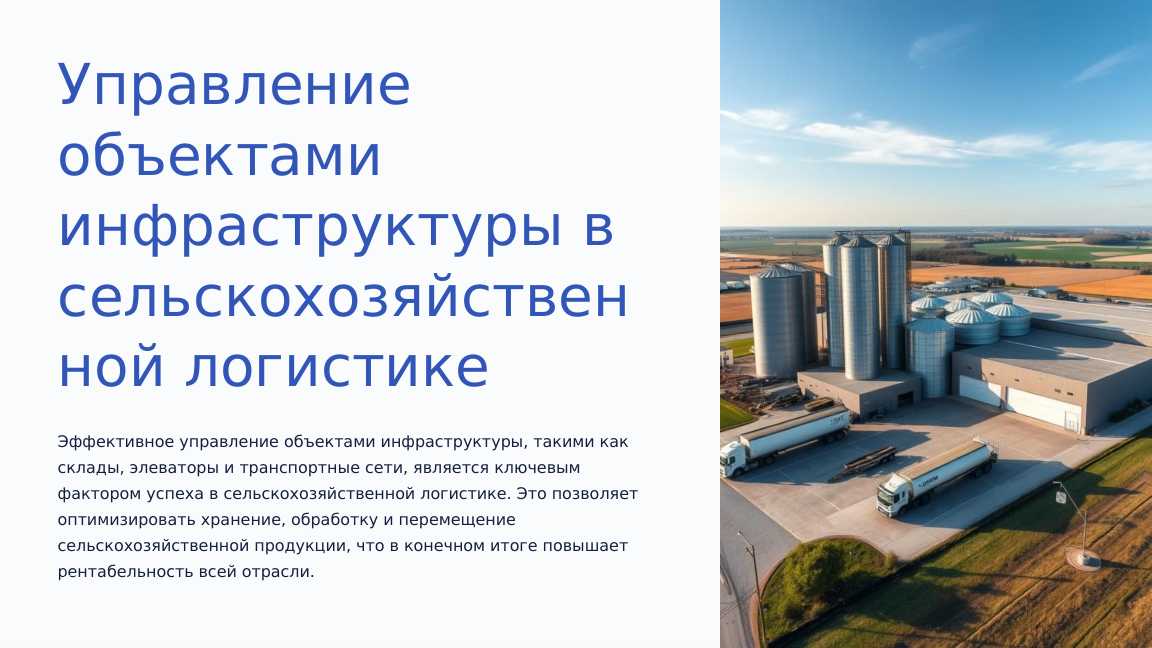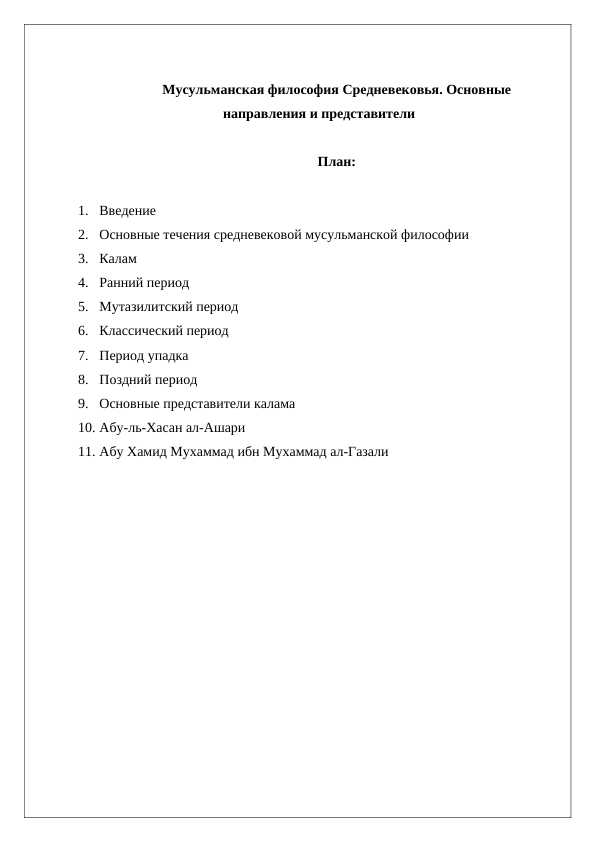ПРАКТИЧЕСКАЯ ГРАММАТИКА АНГЛИЙСКОГО ЯЗЫКА (МОРФОЛОГИЯ)
Dars ishlanmalar | Ingliz tili
19 900 so'm
- Betlar soni: 172 ta
- Fayl hajmi : 871.0 KB
- Fayl turi: .doc
Mahsulot tavsifi
ПРАКТИЧЕСКАЯ ГРАММАТИКА
АНГЛИЙСКОГО ЯЗЫКА
(МОРФОЛОГИЯ)
CONTENTS
Introduction. Grammatical structure of the English language
ACCIDENCE
General classification of the parts of speech
Chapter I. THE NOUN
§ 1. Definition
§ 2. Morphological characteristics
§ 3. Syntactical characteristics
§ 4. Morphological composition
§ 5. Classification
§ 6. The category of number
§ 7. The category of case
Chapter II. THE ARTICLE
§ 1. General notion
§ 2. Functions of the Article
Use of articles with common nouns
§ 1—4. Class nouns
§ 5—7. Nouns of material
§ 8—11. Abstract nouns
Use of articles with proper nouns
§ 12. Names of persons
§ 13. Geographical names
§ 14. Names of hotels, ships, newspapers and magazines
§ 15. Names of cardinal points
§ 16. Names of months and days
§ 17. Nouns modified by proper nouns.
Use of articles with nouns in some set expressions
§ 18. The use of the indefinite article with nouns in set expressions
§ 19. The use of the definite article with nouns in set expressions
§ 20. Nouns in set expressions used without an article
Use of articles in some syntactic relations
§ 21. The use of articles with predicative nouns
§ 22. The use of articles with nouns in apposition
§ 23. The use of articles with nouns used in address
§ 24. Place of the article
§ 25. Ways of expressing the meaning of the English articles in Russian
Special difficulties in the use of articles
§ 26. The use of articles with the nouns day, night, morning, evening
§ 27. The use of articles with names of seasons
§ 28. The use of articles with nouns school, college, prison, jail, bed
§ 29. The use of article with the noun town
§ 30. The use of articles with the name of meals
§ 31. The use of articles with names of languages
Use of articles with nouns modified by certain adjectives, pronouns and numerals
§ 32. Most
§ 33. Few, a few, the few, little, a little, the little
§ 34. Two, the two, three, the three etc
§ 35. The second, a second
§ 36. Another, the other
§ 37. Last, the last
§ 38. Next, the next
§ 39. A number, the number
§ 40. Omission of the Article
Chapter III. THE ADJECTIVE
§ 1. Definition
§ 2. Morphological characteristics
§ 3. Spelling rules
§ 4. Syntactic characteristics
§ 5. Morphological composition
§ 6. Classification
§ 7. Grammatical characteristics of qualitative adjective
§ 8. Grammatical characteristics of relative adjective
§ 9. Substantivized adjectives
Chapter IV. THE PRONOUN
§ 1. Definition
§ 2. Classification
§ 3. Personal Pronouns
§ 4. Possessive Pronouns
§ 5. Reflexive Pronouns
§ 6. Reciprocal Pronouns
§ 7. Demonstrative Pronouns
§ 8. Interrogative Pronouns
§ 9. Relative Pronouns
§ 10. Conjunctive Pronouns
§ 11. Defining Pronouns
§ 12. Indefinite Pronouns
§ 13. Negative Pronouns
Chapter V. THE NUMERAL
§ 1. Definition
§ 2. Cardinal numerals
§ 3. The functions of the cardinal numerals in the sentence
§ 4. Ordinal numerals
§ 5. The function of ordinal numerals in the sentence
Chapter VI
THE WORDS OF THE CATEGORY OF STATE
§ 1. Definition
§ 2 - 4. Morphological composition and use
Chapter VII. THE ADVERB
§ 1. Definition
§ 2. Morphological composition
§ 3. Degrees of comparison
§ 4. Classification
Chapter VIII. THE MODAL WORDS
§ 1. Definition
§ 2. Classification
§ 3. Use
§ 4. Modal words and adverbs
Chapter IX. THE INTERJECTION
§ 1. Definition
§ 2. Classification
§ 3. Morphological composition
Chapter X. THE PREPOSITION
§ 1. Definition
§ 2. Morphological structure
§ 3. Classification
§ 4. Prepositions, adverbs and conjunctions
§ 5. Prepositions and postpositions
Chapter XI. THE CONJUNCTION
§ 1. Definition
§ 2. Morphological structure
§ 3. Classification
§ 4. Coordinating conjunctions
§ 5. Subordinating conjunctions
Chapter XII. THE PARTICLE
§ 1. Definition
§ 2. Classification
Chapter XIII. THE VERB
§ 1. Definition
§ 2. Morphological structure
§ 3. Basic forms
§ 4. Syntactic function
§ 5. Transitive and intransitive verbs
§ 6. Lexical character
§ 7 – 10. Grammatical categories
TENSES IN THE ACTIVE VOICE
The Indefinite Form
§ 1. The use of the Present Indefinite
§ 2. The use of the Past Indefinite
§ 3. The use of the Future Indefinite
The Continuous Form
§ 4. The use of the Present Continuous
§ 5. The use of the Past Continuous
§ 6. The use of the Future Continuous
The Perfect Form
§ 7. The use of the Present Perfect
§ 8. The Past Indefinite and Present Perfect
§ 9. The use of the Past Perfect
§ 10. Past Indefinite and Past Perfect
§ 11. The Future Perfect
The Perfect Continuous Form
§ 12. The Present Perfect Continuous
§ 13. Present Perfect Continuous Inclusive and the Present Continuous
§ 14. The Present Perfect and the Present Perfect Continuous Exclusive
§ 15. The Past Perfect Continuous
§ 16. The Past Perfect Continuous Inclusive and Past Continuous
§ 17. The use of the Future Perfect Continuous
The Passive Voice
§ 18. The use of the Passive Voice
§ 19. The use of tenses in the Passive Voice
§ 20. Ways of translating the Passive Voice into Russian
§ 21. Uses of the Passive Voice peculiar to the English language
§ 22. The PassiveVoice and the Nominal Predicate
Modal Verbs
§ 1. Definition
§ 2. Can
§ 3. May
§ 4. Must
§ 5. Should and ought
§ 6. To be + Infinitive
§ 7. To have + Infinitive
§ 8. Shall
§ 9. Will
§ 10. Would
§ 11. Dare
§ 12. Need
Mood
The Subjunctive Mood
§ 1. General notion
§ 2. Synthetic forms
§ 3. Analytical forms
§ 4. The forms of the Indicative Mood used to express the same meaning as is expressed by the Subjunctive Mood
The use of the Subjunctive Mood
§ 5. Simple sentences
§ 6. Conditional sentences
§ 7. Adverbial clauses of purpose
§ 8. Adverbial clauses of concession
§ 9. Adverbial clauses of time and place
§ 10. Adverbial clauses of comparison
§ 11. Predicative clauses.
§ 12. Subject clauses
§ 13. Object clauses
§ 14. Attributive appositive clauses
§ 15. Attributive clauses modifying the noun time in the principal clause
§ 16. Emotional use of the Subjunctive Mood
Chapter VIII. THE NON-FINITE FORMS OF THE VERD (THE VERBALS)
§ 1. Definition
§ 2. The characteristic traits of the verbals
The Participle
§ 3. General notion
§ 4. Double nature of the participle
§ 5. Tense distinctions
§ 6. Voice distinctions
§ 7. Functions of Participle I in the sentence
§ 8. Functions of Participle II in the sentence
§ 9. Predicative constructions with the participle
§ 10. The Objective Participial Construction
§ 11. The Subjective Participial Construction
§ 12. The Nominative Absolute Participial Construction
§ 13. The Prepositional Absolute Participial Construction
§ 14. Absolute constructions without a participle
The Gerund
§ 15. General notion
§ 16. Double nature of the gerund
§ 17. Tense distinctions
§ 18. Voice distinctions
§ 19. Predicative constructions with the Gerund
§ 20. The use of the Gerund
§ 21. The functions of the Gerund in the sentence
§ 22. The Gerund and the Infinitive
§ 23. The Gerund and the Participle
The Infinitive
§ 24. General notion
§ 25. Tense and aspect distinctions of the Infinitive
§ 26. Voice distinctions
§ 27. The use of the Infinitive without the particle to
§ 28. The functions of the Infinitive
§ 29. Infinitive constructions
§ 30. The Objective-with-the Infinitive Construction
§ 31. The Subjective Infinitive Construction
§ 32. The for-to-Infinitive Construction
Soffchi Magistr B.T.
🔍
Izlaganingizni topa olmadingizmi?













 YouTube
YouTube Telegram
Telegram Instagram
Instagram LinkedIn
LinkedIn